SuzukiGS750EZ
No longer a newbie, moving up!
- Joined
- Oct 5, 2016
- Messages
- 728
- Reaction score
- 145
- Location
- Connecticut
- Can others edit my Photos
- Photos OK to edit
Hey guys. I shoot with a canon 80D & mostly a tamron 150-600 G2. I'm getting mixed results when shooting. Before I go into detail about my simple and probably wrong process, can someone explain to me how to shoot white birds in flight or in the water and expose properly. I usually shoot 1/2000 f8 or f5 depending on situation and focal length. The birds I shoot most are osprey and egrets. I find some of my shots to be less than pleasing to me. Here is a shot I think I did ok on, but normally the osprey are really dark or the egrets are blown out.
IMG_0114
IMG_0114


 no comp
no comp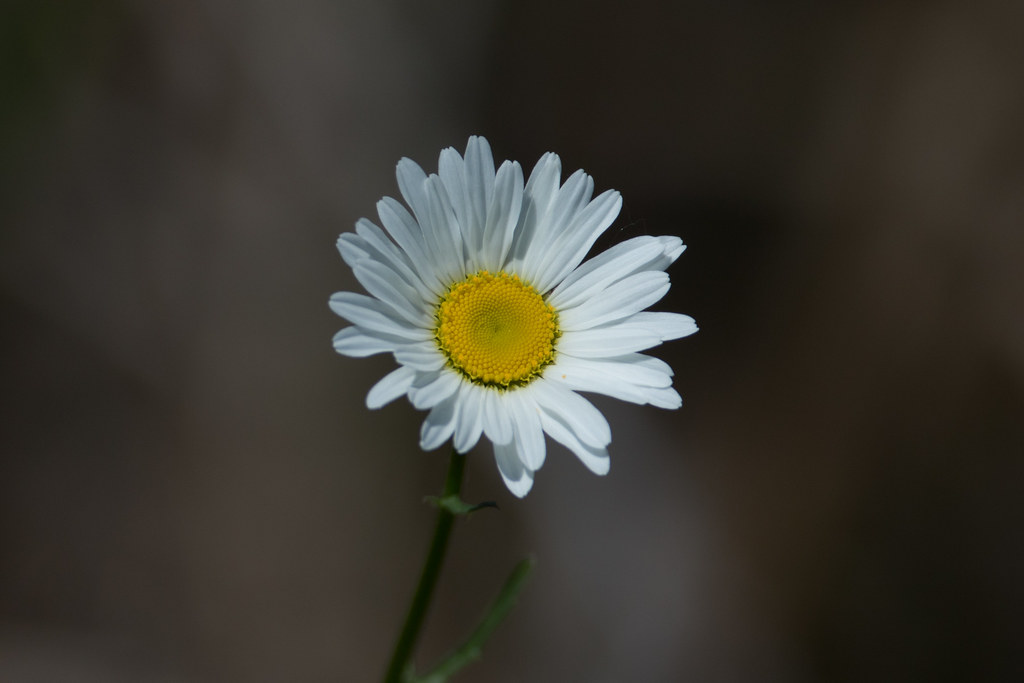 +23
+23 +113
+113
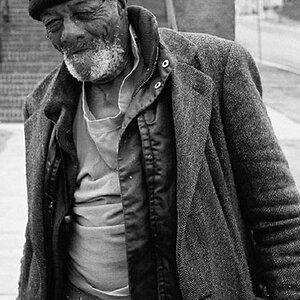

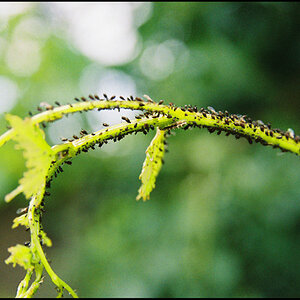
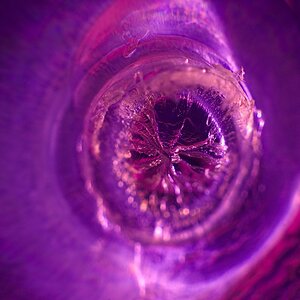
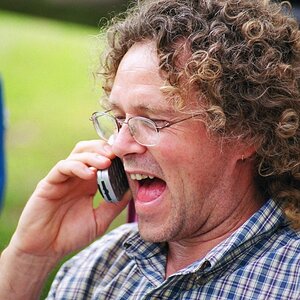
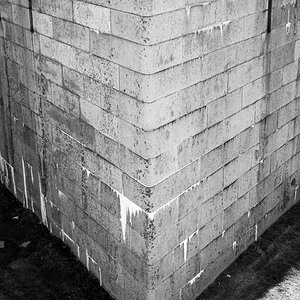
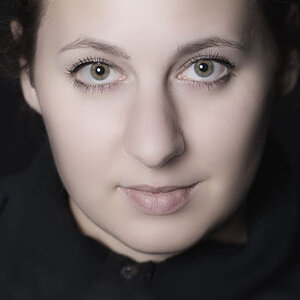
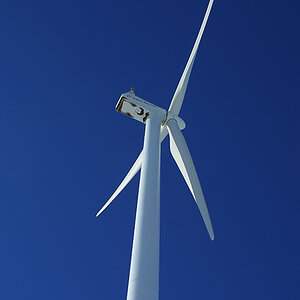
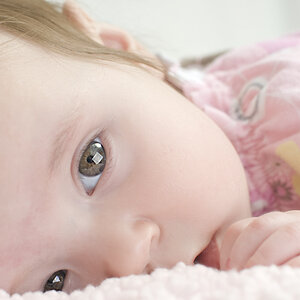
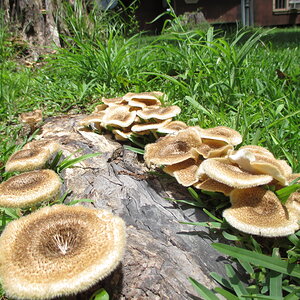
![[No title]](/data/xfmg/thumbnail/34/34055-9c9c587b8094b98e1010fe73cead6994.jpg?1619736255)